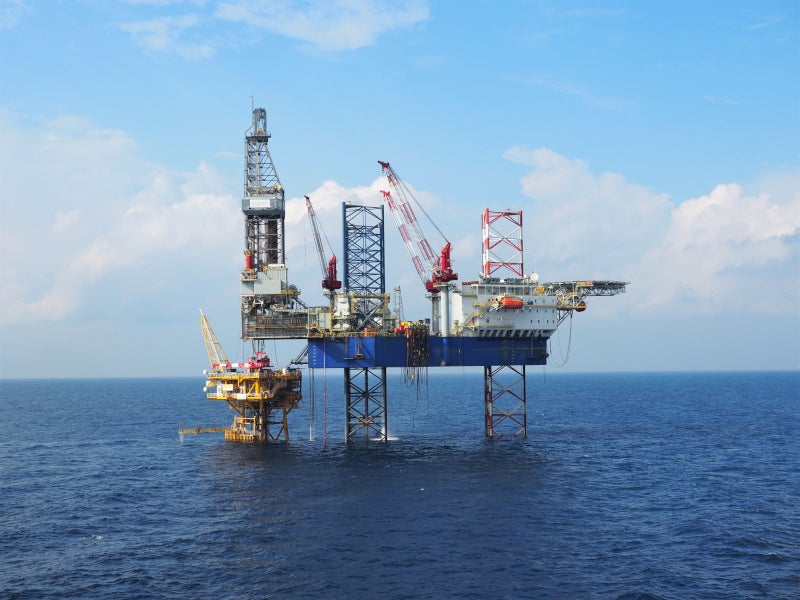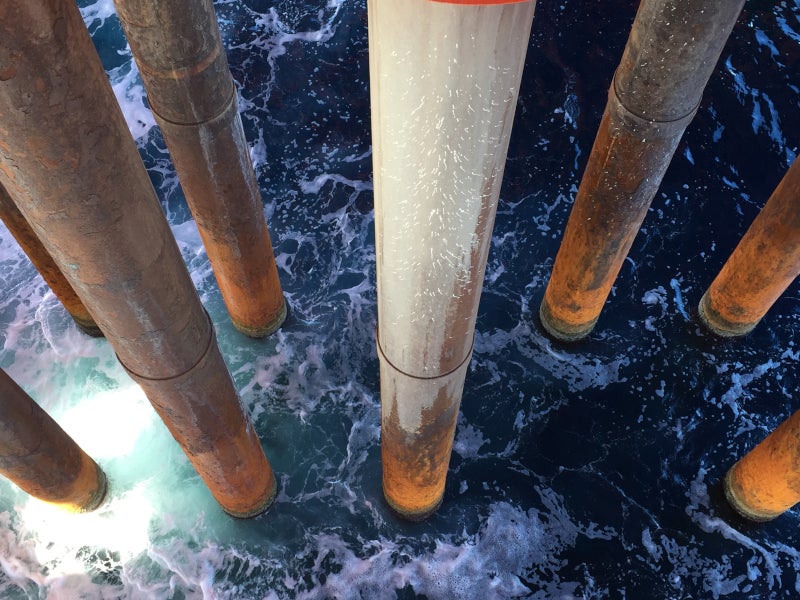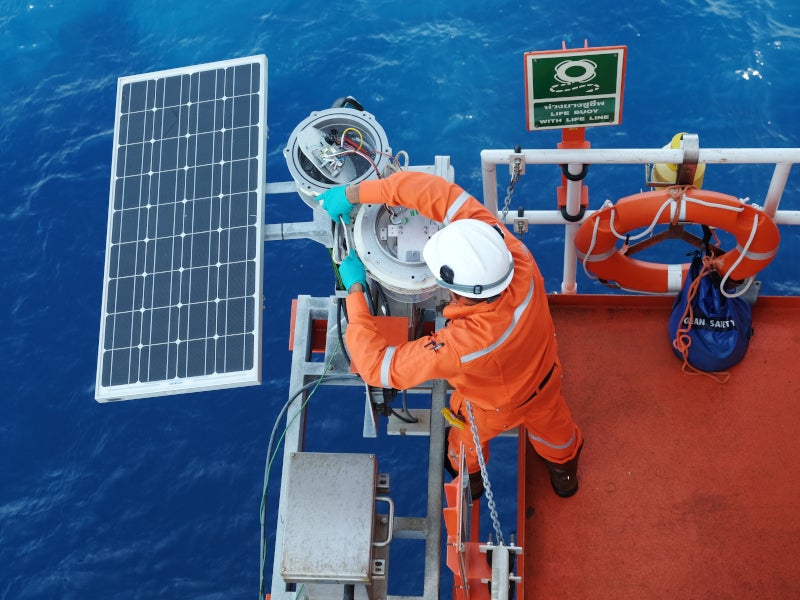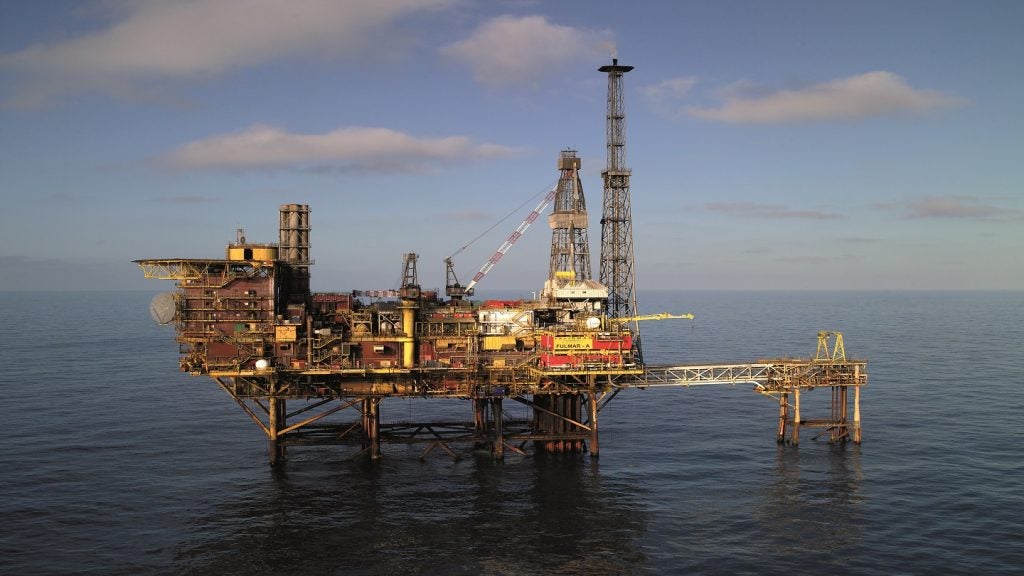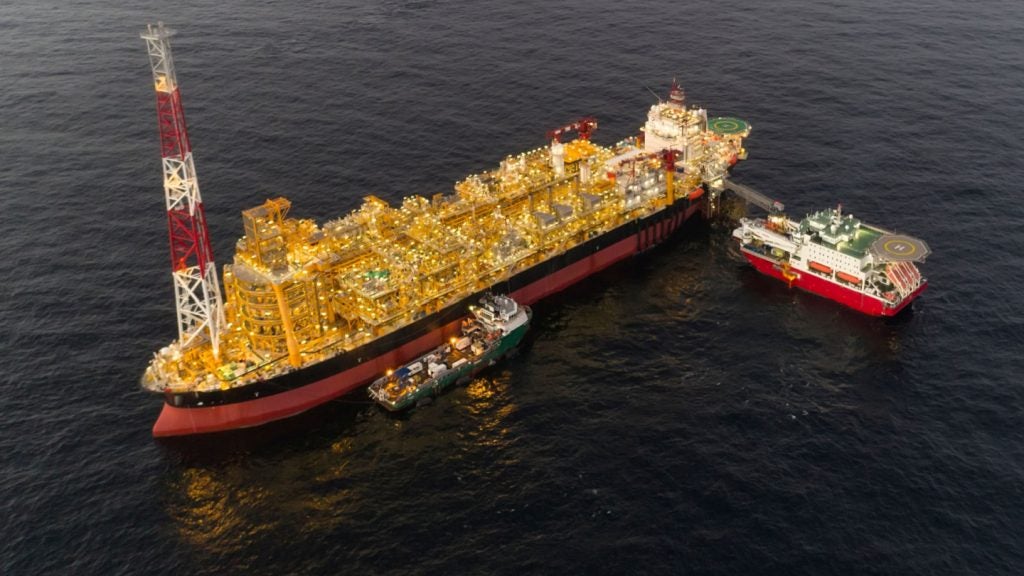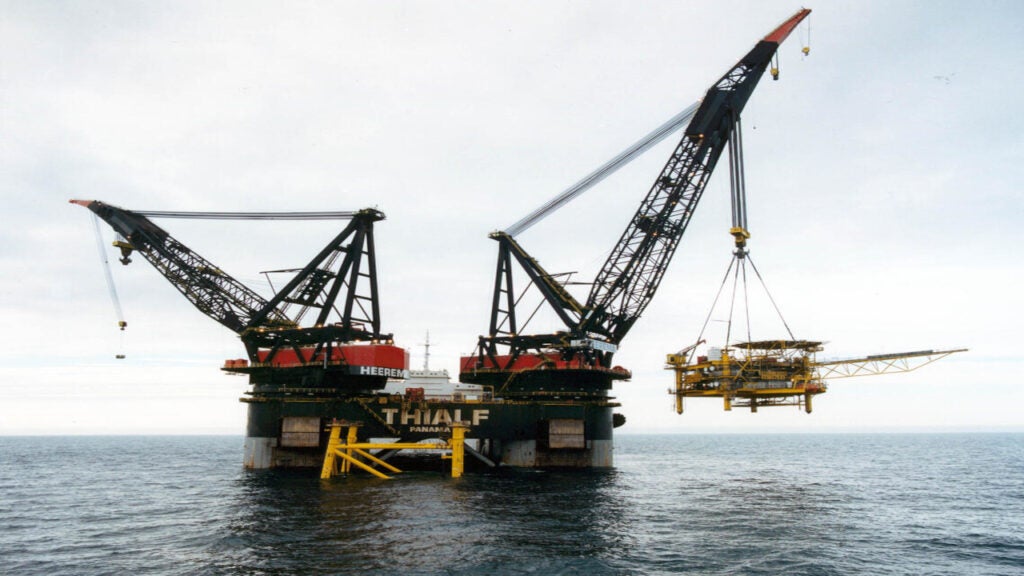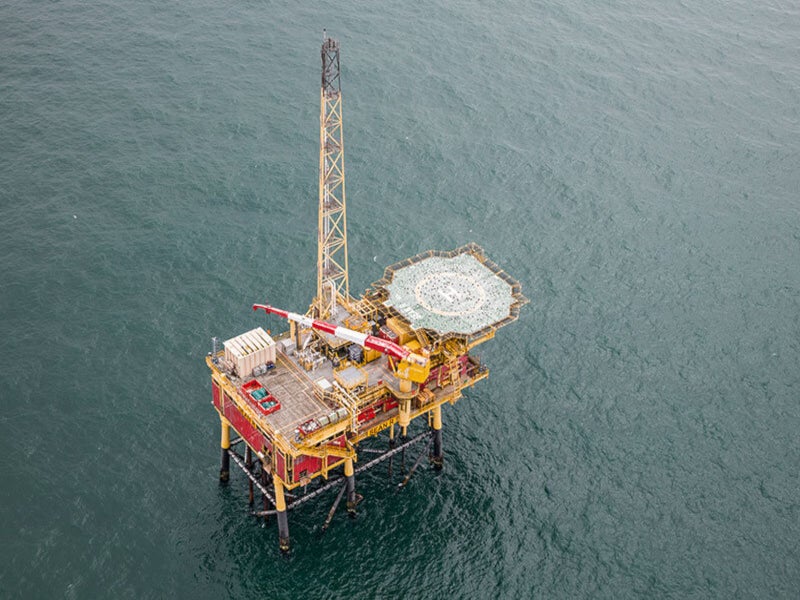The Pickerill A and B installations of the Pickerill gas field were approved for partial decommissioning, to remove potential dismantlement obstructions, by the Offshore Petroleum Regulator for Environment & Decommissioning (OPRED) in March 2019.
Pickerill gas field lies in the UK Continental Shelf (UKCS) in the block 48/11 license area, approximately 65km away from the Theddlethorpe gas terminal in the North Sea.
The gas field is jointly owned by Perenco UK (94.78%, operator) and Marubeni Oil and Gas (5.22%). A cessation of production (COP) application for the field was filed by the operator with the UK Oil and Gas Authority (OGA), citing reduced gas production, and the closure of the Theddlethorpe gas terminal. The application was approved by the OGA in July 2018.
Pickerill gas field details
Pickerill gas field was found by the 48/11b-4 discovery well drilled by Conoco (UK) in 1984. Production from the gas field started in 1992.
The field is installed with two normally unmanned installations (NUIs), Pickerill Alpha (A) (48/11B) and Pickerill Bravo (B) (44/11A). Each platform contains nine well slots, which includes one used for a docking jacket over an existing wellhead. These NUIs can accommodate up to 12 people. The Pickerill B platform is located on the eastern side of Pickerill A, which includes a tie-back for Juliet gas field subsea infrastructure.
The platforms feature a four-legged steel jacket structure, including a 93m-long, 1,520mm diameter internal leg pile in each leg, which penetrates 58m into the seabed.
The platforms are interconnected with two pipelines, a 16in diameter gas export pipeline (PL818) and a 3in diameter methanol pipeline (PL819). Another 24in export gas pipeline (PL816) and another 3in diameter methanol pipeline (PL817) connect Pickerill A to the Theddlethorpe gas terminal.
Pre-decommissioning phase
Pickerill gas field underwent a pre-decommissioning Hydrocarbon Free (HCF) Campaign.
A jack-up barge was connected with the platform for well plugging and abandonment. The wellheads, christmas trees and conductors were removed. All hydrocarbons and potentially hazardous materials were cleansed from topsides and pipelines, and potential obstructions for the platform dismantlement were removed.
Pickerill A’s deck and equipment, including Caissons, lift pumps, supply hoses, pipeline riser emergency shutdown valves and tertiary steelworks supporting the equipment, were removed. Telecom towers on both the platforms were also dismantled.
The existing navigational aids were replaced by two solar-powered aid to navigation systems for the decommissioning process. The Juliet gas field flowlines and umbilical, which connect the Juliet subsea wells with Pickerill A via the subsea production control system, were isolated during this phase.
Decommissioning programme details
The decommissioning programme of the Pickerill gas field includes removal of the topsides and jackets of both Pickerill A and Pickerill B installations using a heavy-lift vessel. The subsea installations will be removed and the wells will be permanently plugged and abandoned.
The jackets will be cut and completely removed, leaving only piles 3m below the seabed. The topsides and jacket will be transported to the onshore disposal yard for reuse, recycling or disposal.
Pipelines, flowlines and umbilical decommissioning will be performed separately, under the Juliet gas field decommissioning programme.
Contractors involved
Petrodec has been awarded the contract for providing the decommissioning services for the project.
Orbis Energy is providing environmental regulatory and other services related to granting permissions and OneDecom is also involved in the decommissioning project.

